Board of Education holds public forum regarding mascot
A room typically known for a sense of unity and happiness soon came to learn desperation, incivility and bitterness as the Board of Education heard over 60 testimonials regarding Manhattan High’s Indian mascot.
The public forum was held last Wednesday at 6 p.m. in Rezac Auditorium and was open to anyone in the community to either speak to the Board directly or to submit written comments via email or on paper. Brian Jordan moderated the event.
Duke Prentup, son of former MHS teacher and coach Frank Prentup, approached the microphone with woe, disconcerted with the task of having to defend the mascot. He began by speaking about the honor surrounding the mascot and the meaning it has to his family. The Indian was voted as the mascot by the student body in 1940 as a way to honor Frank for his contributions to the school.
Duke pointed out that he could see why people may be offended, but he noted that the tradition and process by which the mascot was chosen made this situation unique and therefore should be preserved.
“The honor bestowed on my father and consequently to Manhattan High School was never meant to be, and to this day is not meant to be, denigrating, demeaning or insulting,” Duke said. “In my opinion, it’s only denigrating, demeaning and insulting to those who, in fact, want to be denigrated, demeaned or insulted.”
Immediately following Duke’s speech, four groups were allowed 15 minutes each to present their case before moving on to public comments: students for retaining the mascot, students for retiring the mascot, alumni and supporters for retaining it and alumni and supporters for retiring it.
Students for retaining the mascot
In a survey put out to the entire school by Student Council, 84 percent of Manhattan High students said that they are not personally offended by the Indian mascot, 13 percent said they don’t care and three percent said they are personally offended by the mascot.
A StuCo committee aimed at keeping the Indian mascot made claims that the Indian mascot is unique compared to other schools due to the honor and reasoning behind it. Senior Gabriella Radina represented the committee at the meeting.
“Our mascot is unique. Our history is unique. Please do not try to rewrite history,” Radina said. “Do not give in to pressures to follow the crowd. Stand out, be strong, keep this legacy alive. Erasing our mascot erases a legacy of strength. It erases an identity. Our world may have changed since the mascot was first implemented, but does that mean our school stands for different standards?”
Radina also mentioned the history of Native American tribes across Kansas, such as Pawnee and Potawatomi, as well as the city of Manhattan’s namesake, Chief Manhattan.
Students for retiring the mascot
Commitee head Isaac Sorell, senior, and senior Adelaide Bliss, juniors Lily Colburn and Kathy Burton and freshman Bronwyn Bliss led the StuCo committee in favor of retiring the Indian mascot.
The team took a moment to note that while the numbers on the surveys deemed a large percentage of the high school being in favor of keeping the mascot, the personal comments section proved why the mascot should be retired. Comments ranged from claiming that those offended needed to “thicken their skin” to things that were too explicit to be shared at the meeting, though comments of such explicit nature are certainly not uncommon and can be found in other places, including all forms of social media.
Sorell also highlighted other restrictions that Manhattan High students face due to the mascot.
“By having the Indian mascot, the student body has given up many freedoms,” Sorell said, “including dressing up at games, creative freedom of designing shirts and expressing school spirit in more traditional ways. Additionally, having the Indian mascot has led to a concerning amount of disrespect. Not only from other schools, but also from students within our own school.”
Alumni and supporters for retaining it
A group comprised of alumni and parents of current students presented to the Board with the goal of convincing them to hold on to the Indian mascot. The group emphasized the honor behind the choosing of the mascot as well as things that Manhattan High can do to eliminate future beliefs of racism surrounding the mascot.
The suggestions given included educating MHS students on the reasoning for choosing the mascot, along with providing students with authentic information on the culture and proper history. Several speakers from the Public Comments section of the forum pressed for more education on the topic as well.
“We can improve Native American education,” community member Mike Smith said. “Think of something you really want to believe in, talk about it…will it be difficult? Yes, but we will find that history is only remembered when it’s passed from generation to generation.”
The group also capitalized their efforts to reach out to ReImage MHK, their lack of success and their willingness to keep reaching out to find a compromise for the situation.
Alumni and supporters for retiring it
ReImageMHK is a group in Manhattan that is partnered with the Kansas State University Indigenous Alliance and is aimed at retiring the Indian mascot. Members of this group Joe Sutliff Sanders and LaVerne Bitsie-Baldwin spoke on its behalf.
Sanders began with the definition of what a stereotype is and how the Indian mascot plays into that. After coming up with over 40 words that described Native Americans that he had met and spoke to over the last year, he pointed out that four of which perpetuate and define the mascot as a stereotype. Sanders also capitalized on how that plays into racism.
“The Indian mascot doesn’t create racism, but it creates the conditions for racism and that is bad for everyone,” Sanders said.
Baldwin then laid out all of the different ways that the Indian mascot is used in a derogatory way throughout the school and the community, specifically calling out the Cyborg Indians robotics team and the sense of inhumanity ingrained with using an abstraction with a heritage, the “Tribal Elders” shirts that cross country parents have been seen wearing and the disrespect of using a culture that they don’t belong to and window decorations seen splashed across windows of businesses all throughout town in an effort to support the high school.
“The mascot curriculum abuses Indigenous spirituality from misusing sacred objects, it’s perpetuating false stereotypical images of indigenous cultures in history,” Bitsie-Baldwin said. “It’ll contribute to anti-Indian racism in the United States and it allows a dominant society to define Indian-ness, which undermines Indigenous identity, culture and sovereignty.”
Public comments
Over 50 people showed up to the meeting and entered their name into a hopper, announcing that they wanted a chance for three short minutes to have their voice heard. Once chosen, the pressure was on for each speaker to accurately present their points.
While a majority of the speakers were in favor of changing the mascot, valid points were brought up on both sides from students, faculty and community members alike in a swirl of emotions ranging from disillusionment, adulation and blind passion.
Several speakers in favor of retiring the Indian highlighted the oppression, emotional pain and psychological effects that come with being characterized as a mascot.
“[The Board of Education is] making people live under a stereotype,” community member Carla Jones said, “I’m proud to be here to tell [the Board] that…I understand people who think this is oppressive, and I understand the people who say that we don’t want that to be a symbol, we don’t want that to represent us.”
Various people in the crowd claimed that the mascot should be kept to preserve the tenacity and honor of Frank, along with providing more educational opportunities for Manhattan High students.
“Instead of denying [Frank] the honor that was originally bestowed upon him and sweeping Native American culture under the proverbial rug, wouldn’t it be better to do what schools are supposed to do,” community member Paula Kelly-Frey said. “Teach our children about people whose cultures are different than theirs and the one they grew up in, and learn to respect and work for people in other cultures.”
At approximately 11:35 p.m., the final arguments were heard and Board of Education members were left with the daunting task of reading through notes, processing the emotions surrounding both sides of the debate and the weight of this decision on their shoulders.
The official decision on whether or not the mascot should be changed will not be made by the Board of Education until tomorrow. The meeting begins at 6:30 p.m. and will televised on the school district’s TV channel.
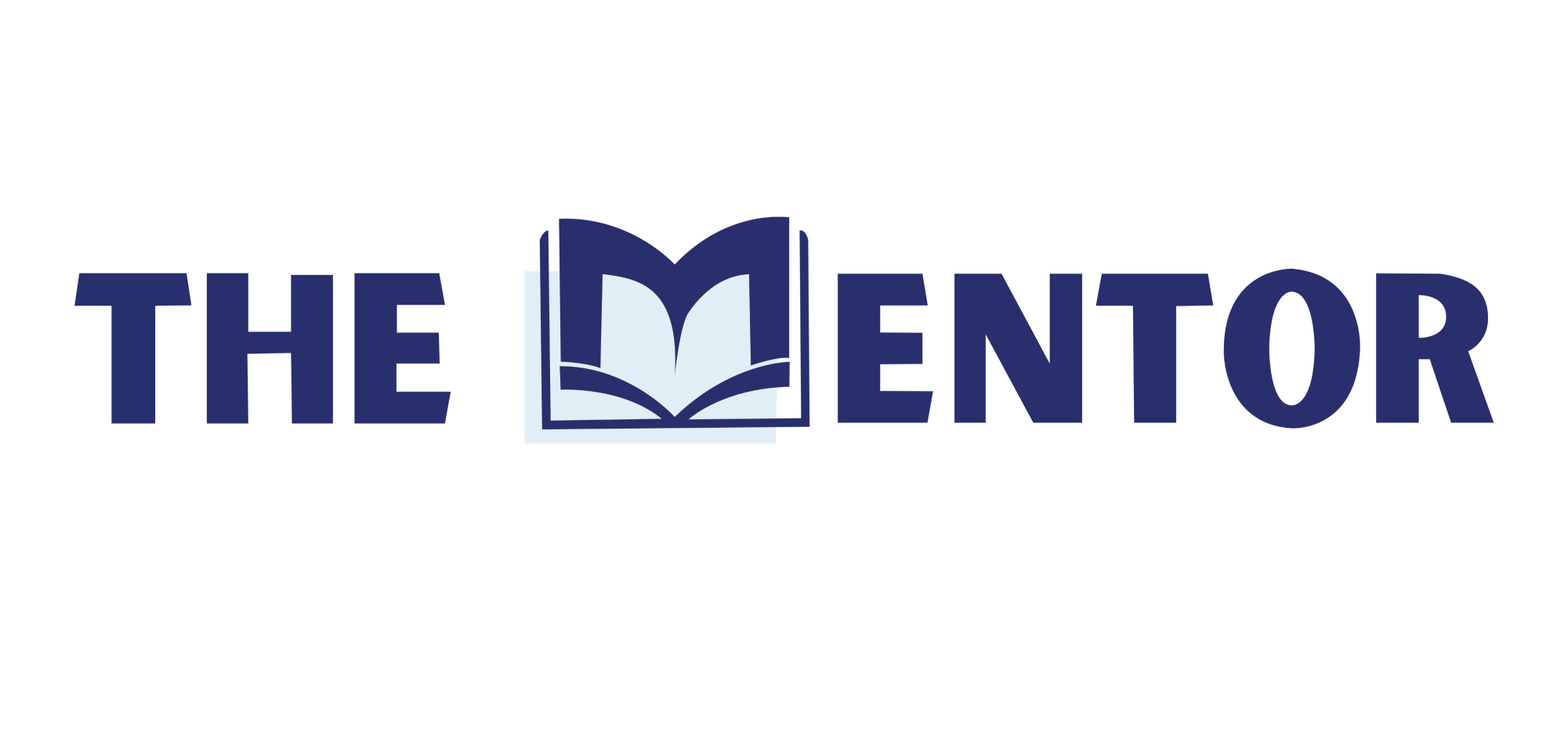

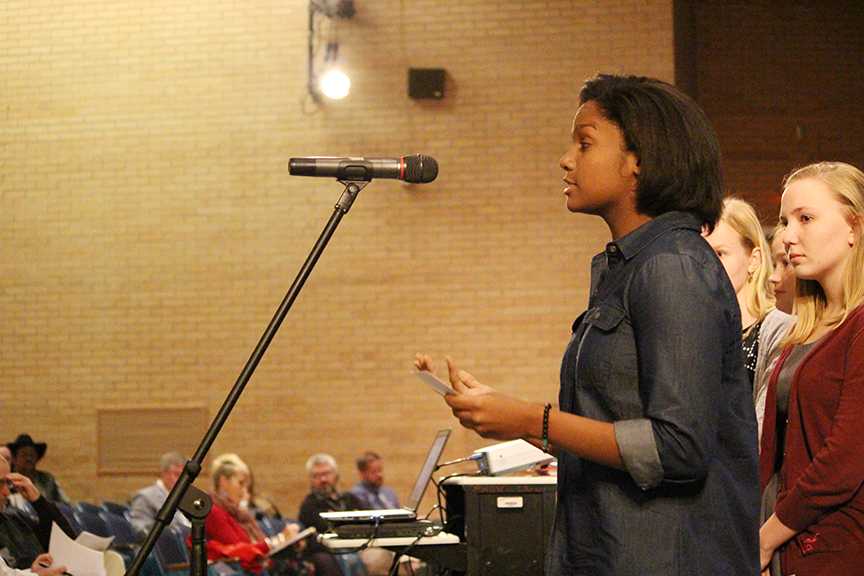
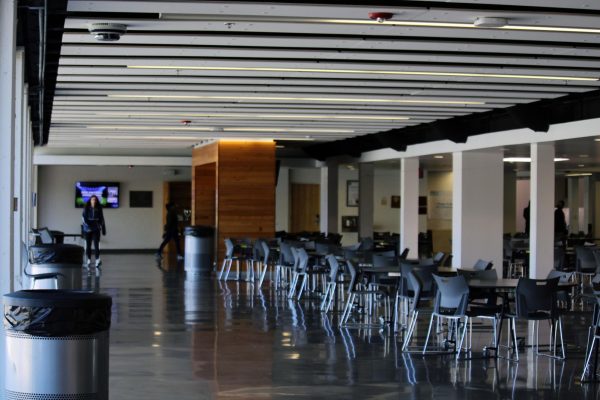
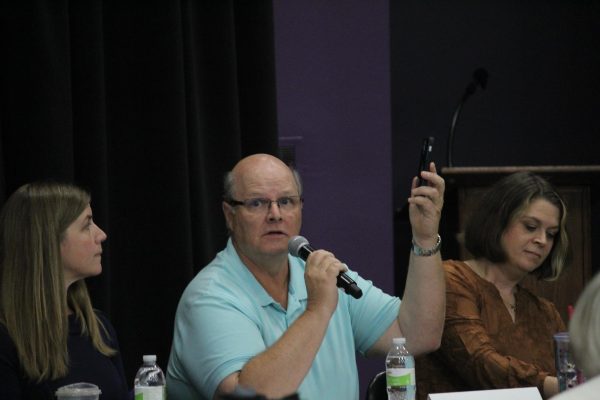
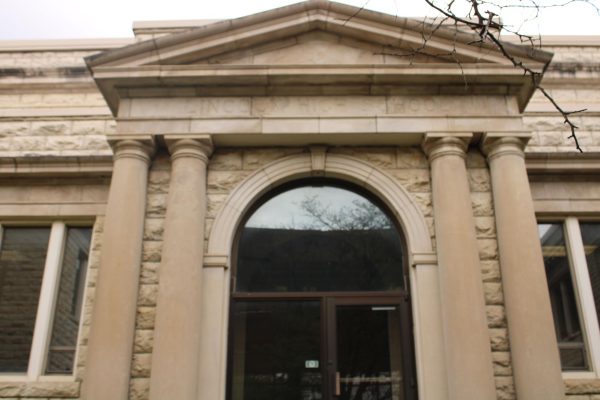
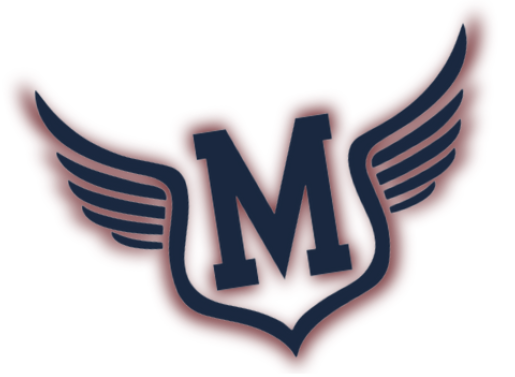
Mike Ford • Dec 5, 2016 at 10:08 pm
This school and community exists in a bubble. This mascot is not wearing a Haudenosaunee hat with feathers adorned like the Mohawk, Seneca, Cayuga, Oneida, Onandaga, or Tuscarora people wore. The headdress is a stereotype.
Lafayette Prentup, Coach Prentup ‘ s father went to one of the worst Indian Boarding schools there was….Carlisle in Pennsylvania. Opened in 1879 it’s motto was killing the Indian to Save the Man. This boarding school made Lafayette Prentup subvert his Tuscarora identity to go into the White world. Which he did. Your mascot was borne of a Tuscarora man’s torment at the hands of White people at an Indian Boarding School. Paternalism.
The students at your school say the Indian clueless ly without acknowledging hundreds of indigenous communities.
Kansas was home to Caddoan people originally. The ancestors of the Pawnee, Wichita, and Arikara lived here in 300 AD. Ancient Caddoan sites were flooded by Tuttle Creek Reservoir.
Kansa, Osage, Cheyenne, Arapaho, Comanche, Kiowa, and Jicarilla Apache people roamed Kansas. I saw a Picuiries Pueblo site called El Cuartelejo in Scott County Ks on an MHS field trip in the summer of 1984 that dated to 1690.
The Kansa and Osage people signed treaties in 1825 to cede lands for emigrant tribes and passage on the Santa Fe Trail. Between 1825 and 1848 the Shawnee, Delaware, Citizen Potawatomi, Kickapoo, Quapaw, Peoria, Piankishaw, Wea, Kaskaskia, Ottawa, Chippewa, Missouri Sac and Fox, Iowa, Iowa Sac and Fox, Christian Munsee, Miami, Prairie Band Potawatomi, and Wyandotte tribes were removed to Kansas as emigrant tribes. The Otoe Missouria tribe was assigned land above Manhattan.
In 1854 the Kansas Nebraska Act occured. This act forced open tribal lands. Over 13 million acres was forced away by treaty as White settlers founded Leavenworth, Lawrence, Topeka, and Manhattan. The Oregon Trail went across Kaw, Potawatomi, and Otoe Missouria lands east and North of Manhattan.
Kansas statehood forced more tribes out. Between 1855 and 1875 the Miami, Ottawa, Peoria, Piankishaw, Wea, Kaskaskia, Quapaw and parts of the Shawnee, Delaware, Wyandotte, Iowa Sac and Fox, Iowa, and Kaw and Osage tribes left Kansas for Indian Territory. The Cheyenne, Arapaho, Kiowa, Comanche, and smaller plains tribes were forced from Western Kansas after Medicine Lodge Treaty. By 1890, the Prairie Band Potawatomi, Iowa, Missouri Sac and Fox, and Vermillion Kickapoo tribes remained along with Chippewa and Munsee tribes near Ottawa.
The Dawes Allotment Act of 1887 broke up and allotted reservations and Indian boarding schools worked to destroy Native identity. Haskell in Kansas, Genoa in Nebraska, and Chilocco in Oklahoma.
Resistance to assimilation led to massacres like Sand Creek in Colorado of Cheyenne and Arapaho people and the Wounded Knee massacre of Lakota people in 1890.
MHS students have a disconnect to this history. Your culture was responsible for these atrocities to create America and it’s states on tribal lands. Please don’t be as clueless as your ancestors to this history.
Your mascot doesn’t convey any of this. It conveys disconnect and patronizing. I’ve spent two decades learning what I’ve stayed above independently. No school taught me any of this. What I endured at your school in the 1980’s made me learn this stuff. Your school fails to understand how offensive it’s actions are.
Lisa Tatonetti • Dec 2, 2016 at 4:02 pm
Nice, very balanced piece of journalism. I do want to take the time to point out that Mike Smith, the leader of the community group in favor of keeping the mascot said several things that were incorrect in his presentation, one of which is repeated here. (Not a fault of The Mentor, a fault of Smith’s). The #ReImageMHK group reached out the the MHS Foundation, to the MHS Alumni Association, and to innumerable church and community groups over this past year. The alumni and foundation did not reply. Additionally, we held community conversations at two local churches (and would have held discussions at many more but were turned down.) I also reached out to Mike Smith’s wife, Rita Smith, on facebook. She contacted me and we had a nearly two-hour meeting. In their work as members of K-State’s Indigenous Alliance, members of the group organized a large public symposium on mascots and Indigenous education at K-State on October 10th that Mike Smith, Rita Smith, and USD 383 employees attended. It is entirely disingenuous , then, to claim that the Retain group was somehow ignored attempts to reach them as we have been meeting with organizations and individuals in the Manhattan community for more than a year now and creating space for education and conversation.